Report / Surabaya
In the slipstream
While Indonesia’s capital chokes with traffic pollution and bureaucracy, to the east Surabaya is following a fresher route to modernity. Find out why being a second city can put you in first place.
On a sunny Sunday in Surabaya, crowds of people are enjoying a day off in Taman Bungkul, a compact but verdant park in the middle of Indonesia’s second city. Since this is the middle of Ramadan, the vendors manning the food stalls are waiting until nightfall to sell bowls of rawon, Surabaya’s famous black beef soup, and rujak, a sweet-and-spicy fruit salad.
Later in the evening, on the Jalan Yos Sudarso thoroughfare, families can be seen queuing to get into Zangrandi, an ice-cream parlour that has been serving its popular tutti-frutti since it was opened by an Italian family in 1933. Coloured lights twinkle along the Kalimas River, a waterway that has been cleaned up with assistance from the Japanese city of Kitakyushu, Surabaya’s partner in environmental projects since 2012.
As Jakarta’s pollution and legendary traffic jams become increasingly unmanageable, people are looking east to Surabaya as a place to live and do business. The air is cleaner, the food is great and the traffic still moves in this historic port, where commerce has always been the driving force. The pace is far more relaxed than Jakarta and the cost of living is estimated to be 25 per cent cheaper.
Since 2010, Surabaya has changed dramatically under the leadership of mayor Tri Rismaharini, now one of the most high-profile figures in Indonesian politics. Bu (Mother) Risma, as she is known, is praised for her highly visible greening policy and tackling poverty and prostitution. Some aren’t so sure about her stringency towards the business community but the grassroots love her. She is up for re-election in December; such is her popularity that rival parties may not even put up a challenger.
“The mayor is trying to improve the city in fundamental ways,” says Iman Krestian, head of planning in the Department of Public Works. “We’re working to tackle some basic infrastructure issues so that Surabaya doesn’t become like Jakarta.” With its population of three million, there is still time to steer Surabaya away from the worst problems before they become intractable.
Where Surabaya leads, other cities follow. This was the first city to introduce a more transparent accounting system, known as “e-budgeting”, which has now been picked up by the central government and across Indonesia. “We’re working hard to become a green city,” says Krestian. Keputih, which was a landfill site, is being transformed into a 50-hectare park; Benowo, the city’s new landfill, is now a pilot project to convert mountains of waste into energy. Neighbourhoods compete for the city’s “Clean and Green” awards – the first in the country – vying for attention with urban farms and herb gardens in the centre of the city.

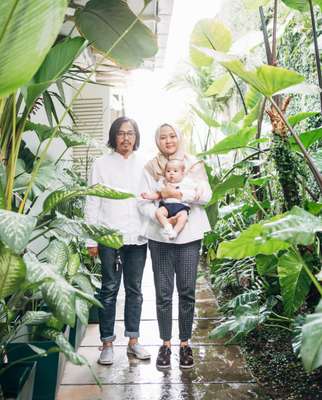
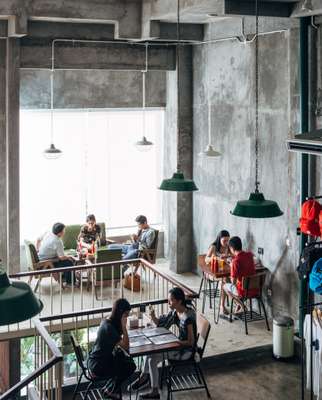

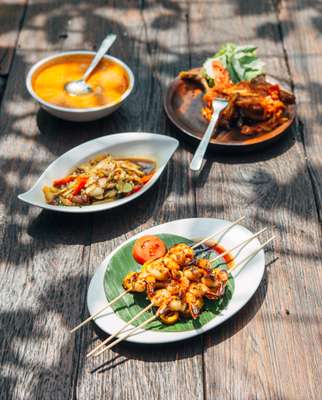

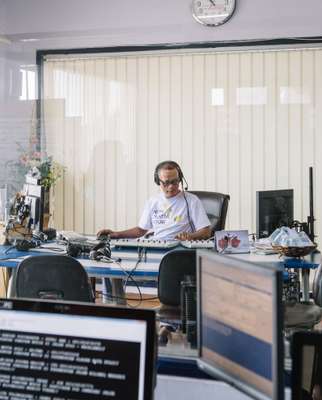
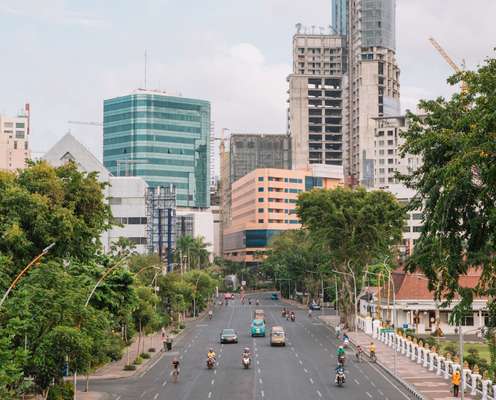
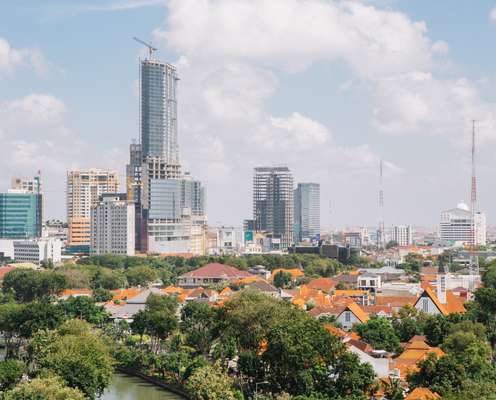
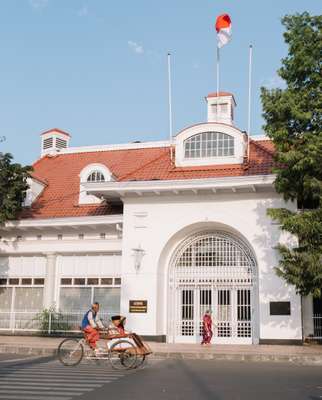
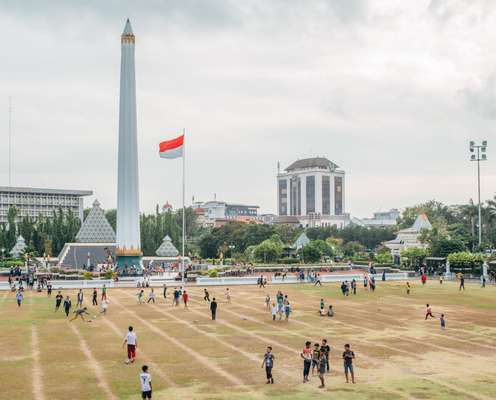
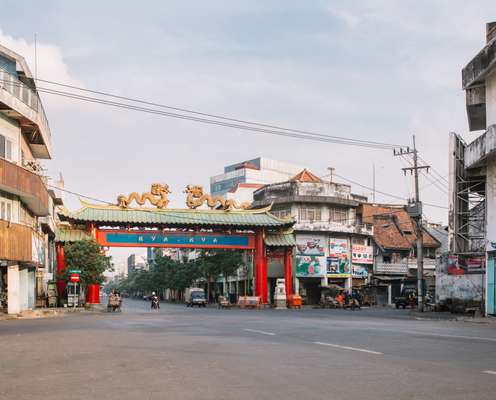

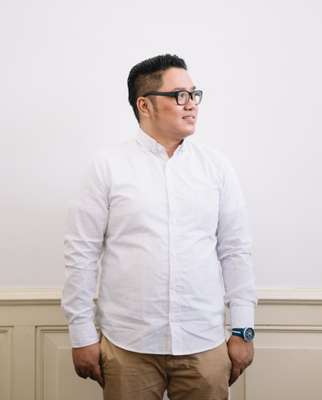
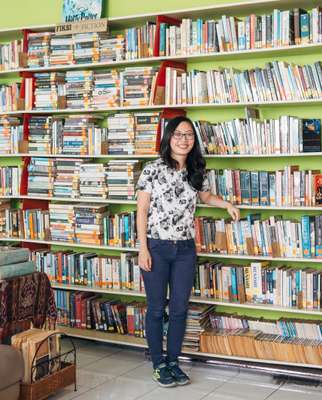
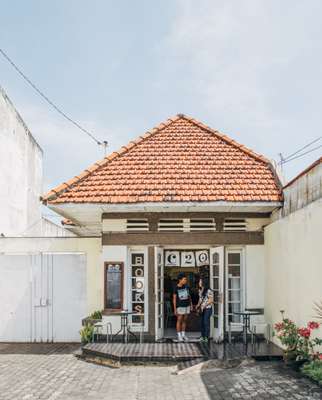
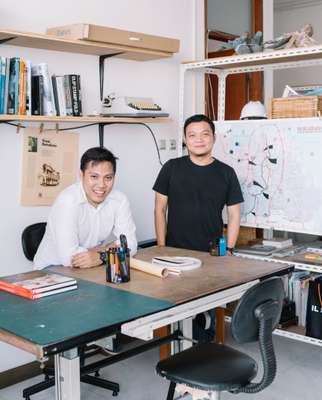
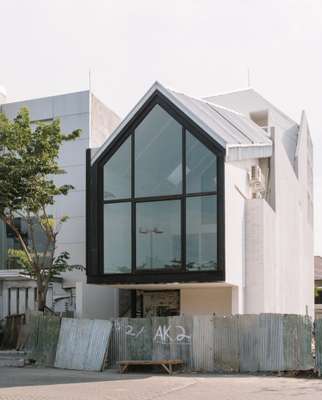
Surabaya has long had a reputation for independence (it has been known as the “City of Heroes” ever since the ferocious Battle of Surabaya against the British in 1945) and a tendency not to toe the national line. Instead of submitting to the central government’s plan to carve up Indonesia’s cities with concrete flyovers, Surabaya has opted instead for a people-friendly transport system that will include a north-south tramline and an east-west monorail. The streets are clean, pavements are being widened and the drainage system – a big issue in low-lying, flood-prone North Java – is being overhauled. “In the past, transport policy was geared towards cars,” says Krestian. “We want to reclaim the streets for pedestrians and non-motorised vehicles.”
There are progressive social policies: free education up to high school (not something any other Indonesian city offers) and the bold decision to shut down Dolly, the biggest red-light district in Southeast Asia. The government has bought a number of old brothels and one has been turned into an internet-training centre and shoe factory. “The idea is that the city shouldn’t only be for the rich, everyone should enjoy it,” says Krestian.
The policy that has won most praise is the creation of a dozen or so parks that have transformed the centre, which was lifeless in parts a decade ago. These green pockets have won the city a UN award for townscaping – specifically for the 24-hour park Taman Bungkul – and made it the envy of residents of Jakarta. “People used to go to the mall,” says architect Hermawan Dasmanto, who designed Taman Pelangi (Rainbow Park). “These parks have brought people outdoors again. They’ve given children a place to play and brought open spaces to the residents of the kampung [cramped city neighbourhoods].”
Dasmanto and his colleague Erel Hadimuljono of Ara Studio are being employed by the city to work on numerous planning projects. “Honestly, I think it would be difficult for young architects like us to get involved with city development in Jakarta because of the distance between public officials and citizens. Surabaya is only a fifth the size of Jakarta; that smaller scale gives its citizens a stronger sense of ownership of the city.” The traditional route for Surabayans in the creative industries has been to head off to more design-minded cities such as Jakarta and Bandung. The result is that those who do stay behind make up an unusually supportive and tight-knit group.
Fashion entrepreneurs Alek Kowalski and his wife Dewi chose to stay in Surabaya. In 2008 they opened ore, a clothing store and café. Dewi, a Singapore-trained fashion designer, has brought together brands from Indonesia, plus a sprinkling from abroad. The couple make their own designs in the city. “People say that Surabaya is slower than Jakarta but slow can be good,” says Alek. “It means we pay attention to detail and we’re not in a hurry; we can take time to build up our business.”
The couple often collaborate with c2o, a local group that runs a library, city walks, workshops and festivals with a Surabaya perspective. c2o also organises the annual DIY (Design It Yourself) conference that brings together professors, students, architects, the public and government officials; everyone who is concerned with the city’s future direction.
The creative and business worlds are more likely to intersect these days thanks to a new generation of young entrepreneurs whose families made money in shipping and timber. “If we wanted to get into trading it’s too late; our parents’ generation have already done it,” says William Soegiantho, a Perth-educated Surabayan. Along with his brother and three cousins he runs a successful café, restaurant and bar on Jalan Sumatera, a set of spaces known collectively as Society Complex.
The family had an old Dutch house from 1903 that the fledgling company Family Tree Group restored. It is now the centrepiece of an ambitious project. “We sat down and thought about what we could do that we would all like,” says Soegiantho. “And one thing that has been missing from Surabaya is the lifestyle dimension that you see in Jakarta and Bali. There were places where the food was good but the interiors were bad.” The latest addition to the complex is an indoor-outdoor bar and lounge called Büro, designed by Ara Studio.
Surabayans’ pride in their city is encouraged by a vocal media and nowhere is their reputation for plain-speaking more evident than on the airwaves of the city’s most popular talk-radio station, Suara [Voice of] Surabaya (SS). The concept here is citizen journalism. SS provides a barometer of public feeling, which is why everyone from the mayor down listens. For 24 hours a day presenters cover subjects that people in the city are talking about. Listeners put in as many as 1,000 calls a day to the station, reporting traffic jams and voicing their opinions on every aspect of the city.
“After reformasi [in 1998, marking the end of three decades of Suharto dictatorship] people were like a horse that had been set free: they weren’t used to expressing themselves openly and when we gave them the opportunity they went a bit wild,” says ceo Errol Jonathans, who has been at the station for 32 years. “We had to rein them in and encourage them not to be so rude. We want to offer solutions to problems, not just complaints.”
Jawa Pos, the national newspaper, is also based in Surabaya. In the airy newsroom, 38-year-old CEO Azrul Ananda, dressed in a tracksuit top and shorts, says the paper’s success is built on nurturing young readers. Ten per cent of its 500,000 daily readership is under 18 and the paper carries two pages of “youth news” every day. Editors over 40 are moved into other parts of the company’s media network, which extends to local newspapers and TV. Azrul relishes the autonomy that comes with distance from the capital. “Jawa Pos is not like other national papers: we’re young and we’re not based in Jakarta.”
At one time there was a sense that you had to be in Jakarta to make it nationally but that’s changing now. These days a city such as Surabaya can set its own agenda. Hermawan Dasmanto says that location is now less important than it used to be. “With the advancement of digital technology and social media, you can publish your projects no matter where you are.”


